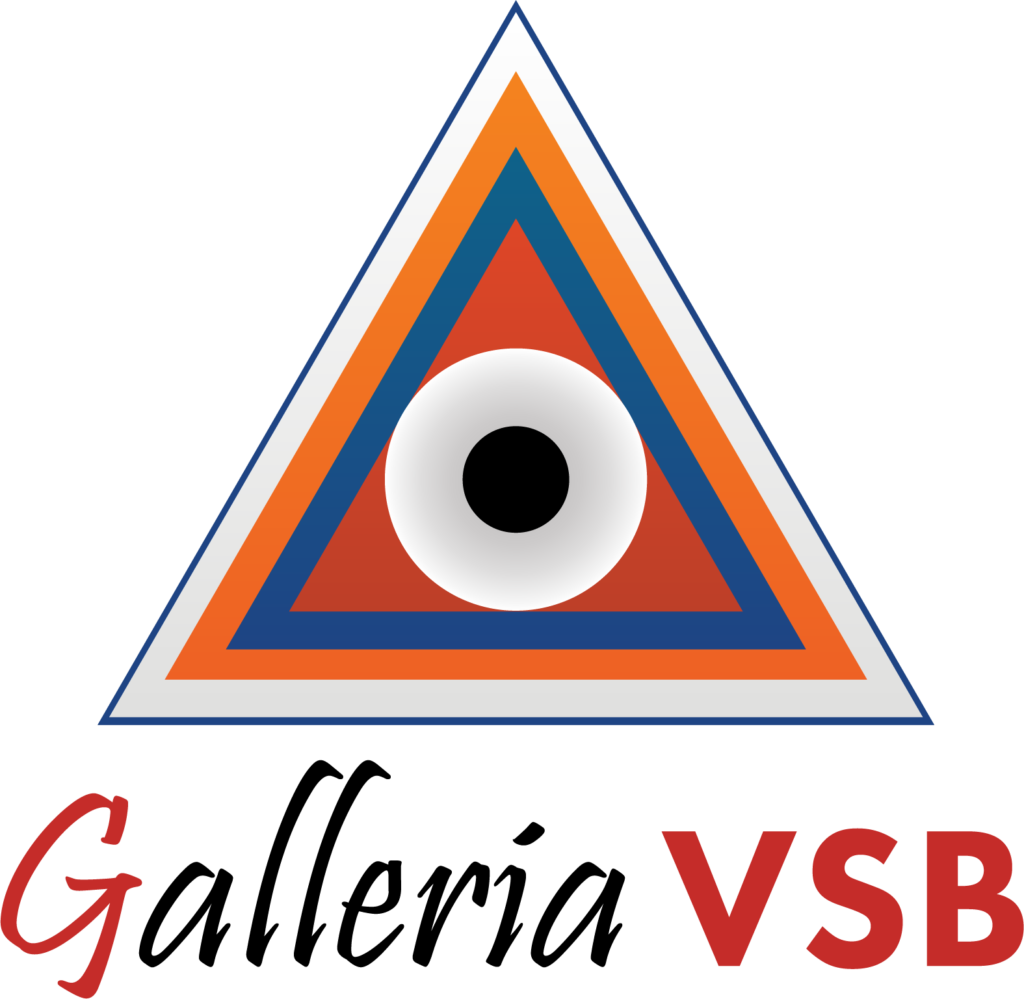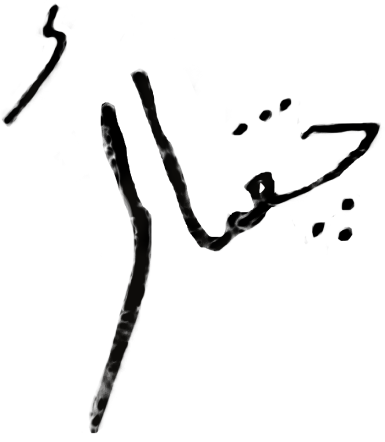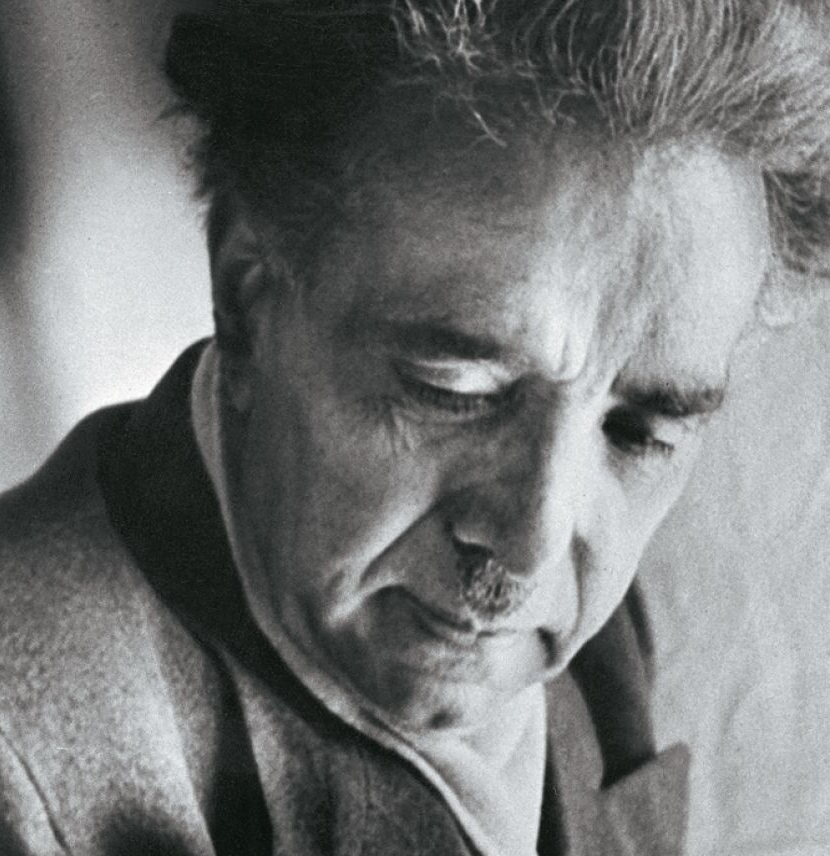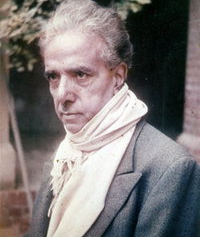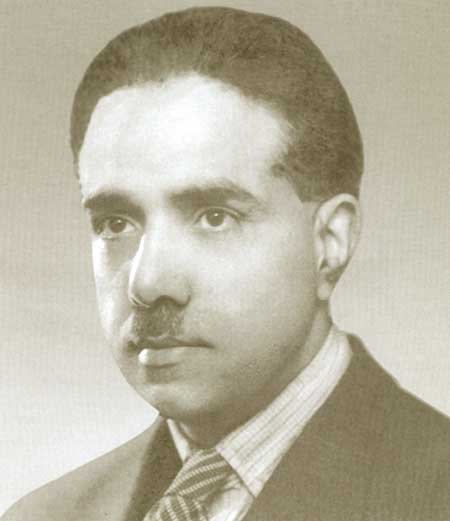Chughtai’s art is renowned for blending Mughal miniature painting, Persian and Islamic art, Art Nouveau, Orientalist influences, and the Bengal School’s revivalist spirit. Inspired by Persian and Mughal miniatures, he incorporated intricate Islamic decorative patterns into his unique style.
His artistic journey began at the Mayo School of Art (1911–1914). During a visit to India, he encountered the Tagore family and was introduced to the Neo-Bengal School. However, disagreeing with aspects of Abanindranath Tagore’s style, he pursued an independent artistic vision from 1924 onwards.
Chughtai’s paintings feature fluid lines, a radiant yet soothing color palette, and spatial techniques influenced by Oriental scroll painting. His compositions often depict solitary, contemplative figures, infused with symbolic imagery of romance, mystical longing, and poetic melancholy. Deeply inspired by Muhammad Iqbal, his art reflected an Islamic cosmopolitanism rooted in Persian Sufi and Hindu mystical traditions. His pictorial symbolism often referenced the romance of an absent lover, mirroring the poetic verses of Iqbal and their shared sense of unrequited love.
Chughtai’s technical mastery extended to his materials, favoring German and English-made papers and a distinctive wash painting technique. Confident in his craft, he claimed his colors remained vibrant even after prolonged water immersion.
